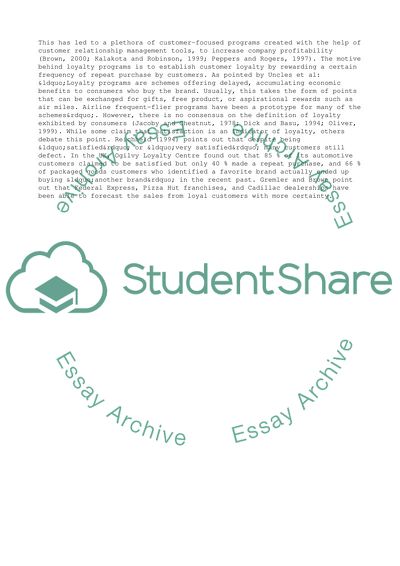Cite this document
(“Success and Failure of Loyalty Programmes Essay”, n.d.)
Success and Failure of Loyalty Programmes Essay. Retrieved from https://studentshare.org/business/1536752-success-and-failure-of-loyalty-programmes
Success and Failure of Loyalty Programmes Essay. Retrieved from https://studentshare.org/business/1536752-success-and-failure-of-loyalty-programmes
(Success and Failure of Loyalty Programmes Essay)
Success and Failure of Loyalty Programmes Essay. https://studentshare.org/business/1536752-success-and-failure-of-loyalty-programmes.
Success and Failure of Loyalty Programmes Essay. https://studentshare.org/business/1536752-success-and-failure-of-loyalty-programmes.
“Success and Failure of Loyalty Programmes Essay”, n.d. https://studentshare.org/business/1536752-success-and-failure-of-loyalty-programmes.


